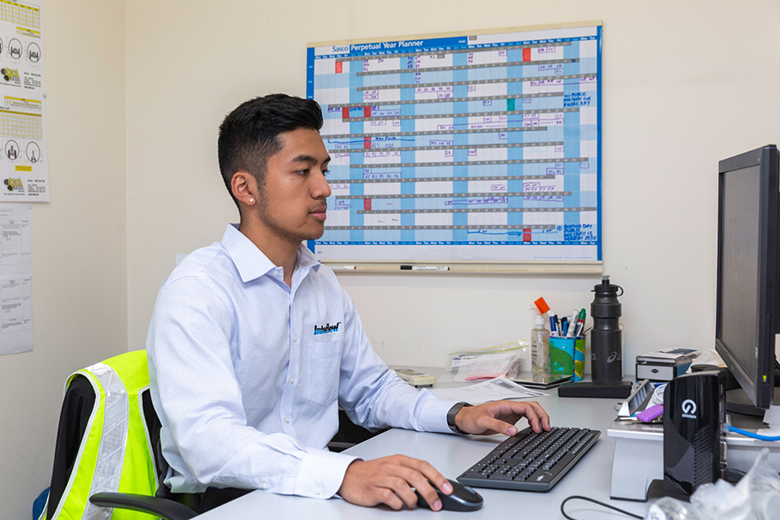
Technology fuelled by artificial intelligence (AI) is driving huge change in the water sector. Once considered a threat to people’s jobs, the technology is now enabling many in the water sector to leave mundane tasks behind and focus on high value work.
Engineering graduates and other specialists are often employed to sit in front of video screens for weeks on end to watch footage from drone-mounted cameras being driven through pipes just to assess where pipe maintenance needs to be carried out.
The process is inefficient, mind-numbing and a waste of valuable resources.
Fortunately, technology offers a smart alternative.
A better way to assess pipe condition
Councils and water authorities have extensive kilometres of underground pipelines for wastewater, stormwater and water.
“Many of these pipes are approaching the end of their life and they need to be renewed,” says John Phillips, Business Development Manager at Interflow.
“Digging them up to replace them all would be extremely expensive and would disrupt communities.”
Traditionally, assessing where work needs to be undertaken involved sending a camera through the pipes and relying on an operator to conduct an analysis.
“By the time they engage a contractor to do the upgrade work, often the footage is very old,” Mr Phillips says. “Things could be completely different by the time we go to do the job.”
Faster, better, smarter
A faster, more accurate solution is now being utilised by councils and authorities. It’s one that also removes repetitive and low-value work and liberates engineers to concentrate on higher-value tasks.
It categorises every individual issue found and provides an immediate, real-time report of the entire pipe network
Interflow contracts manager John Weaver
“The analysis of the condition of the pipes can now all be done by machine,” says John Weaver, Contracts Manager at Interflow.
Instead of camera footage being analysed by humans, it is analysed by an AI engine that has been trained on tens of thousands of hours of similar footage.
“It categorises every individual issue found and provides an immediate, real-time report of the entire pipe network,” Weaver says.
“A recommended capital works program, complete with anticipated costs, comes with the analysis. This means the council or water authority can work that program into their budget over the next four or five years.”
The transformative effect of AI is making condition assessment reports and asset maps faster, more objective and more consistent.
And in an environment in which the war for local government talent has become very real, anything that can be done to make work more engaging and relevant is welcome.
For further information, please visit www.interflow.com.au.
Comment below to have your say on this story.
If you have a news story or tip-off, get in touch at editorial@governmentnews.com.au.
Sign up to the Government News newsletter